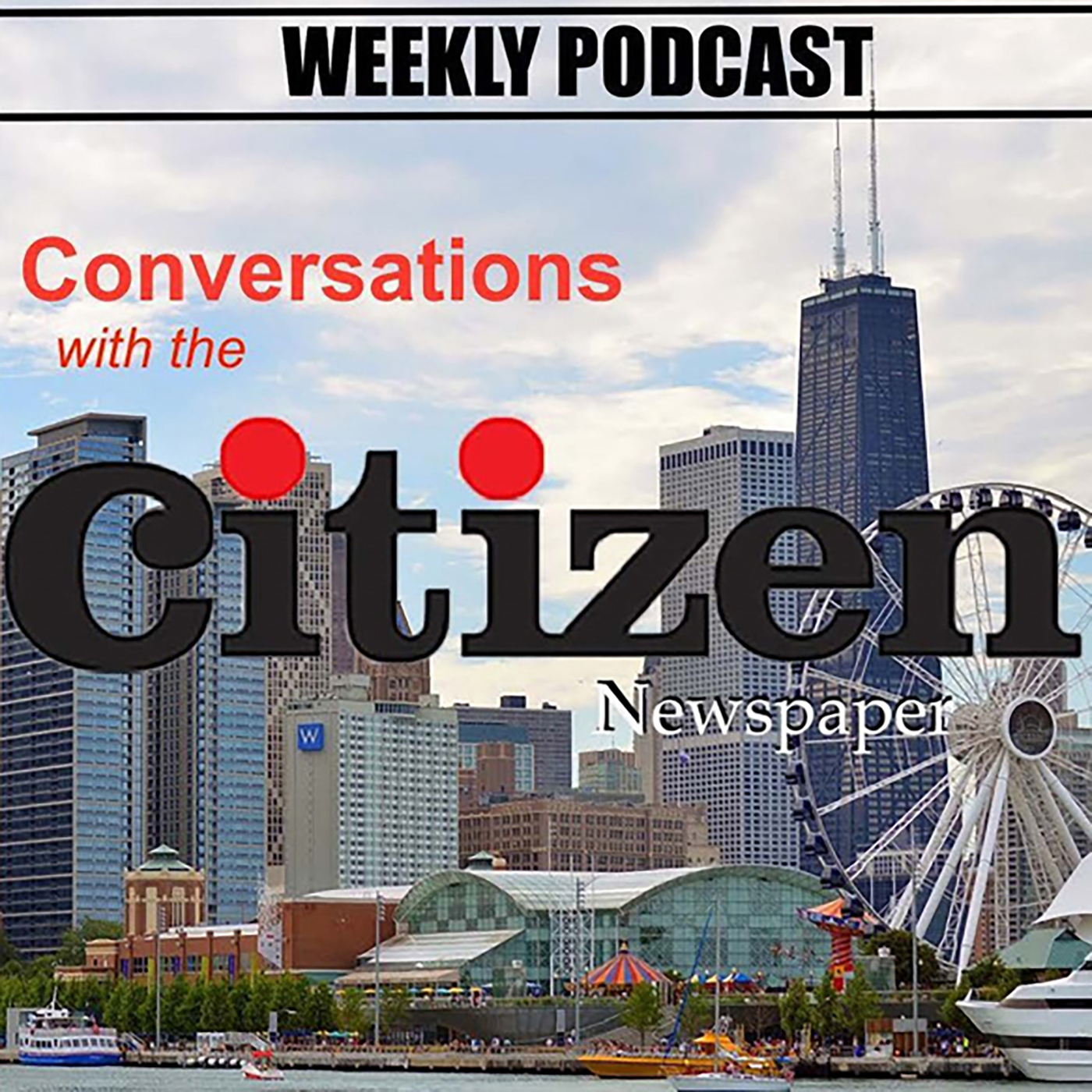Blacks and the Elusive Attainment of Economic Power
There’s no doubt that African Americans are capable of sustaining economically viable communities; case in point, Tulsa, Oklahoma’s Greenwood district, also known as Black Wall Street. At one point, the wealthiest black community in the U.S., mainly because of employment opportunities provided by the oil fields there, a town that consisted of a black-owned newspaper and other thriving black-owned businesses and excellent schools. Unfortunately, those institutions were burned to the ground by racist whites, June 1, 1921.
The Bronzeville and Chatham communities are also examples of African American’s ability to maintain economically, viable communities. By 1929, according to historical accounts, African Americans in Bronzeville amassed $100 million in real-estate holdings. Those numbers are quickly dwindling...mainly due to continuous disenfranchisement, ongoing discriminatory policies unemployment and array of social ills in the Black community.
According to various studies, the income and wealth gap between blacks and whites continues to widen with blacks lagging considerably behind.
An Urban Institute report titled, Less Than Equal: Racial Disparities in Wealth Accumulation, (by Signe-Mary McKernan, Caroline Ratclifee, C. Eugene Steuerle and Sisi Zhang) whites on average had two times the income of blacks and Hispanics and six times the wealth. Wealth in this instance is described as money in the bank, insurance against tough times, tuition to secure quality education and good jobs, and savings on which to retire. Wealth disparities have worsened over the past 30 years, according to the report.
High-wealth families, described as the top 20 percent of the population by net worth, saw an average wealth increase by nearly 120 percent between 1983 and 2010. Whites had six times the wealth of Blacks and Hispanics, which means that for every $6 Whites had in wealth, Blacks and Hispanics had $1 or an average wealth of $632,000 versus $103,000.
The “income” gap by comparison is much smaller, according to the study.
In 2010, the average income for Whites was twice that of Blacks and Hispanics with $89,000 versus $46,000, meaning that for every $2 Whites earned, Blacks and Hispanics earned $1.
The Chicago Citizen Newspaper spoke with economist Dr. Valerie Wilson, director of the D.C.-based Economic Policy Institute for answers as to why she feels Blacks are not able to advance financially on the same level as Whites.
“As a group, one of the most fundamental things impacting ‘wealth inequality’ is higher rates of unemployment for African Americans which is typically about twice that of Whites and the structural factors such as who has access to jobs; discrimination also plays a part, ” said Wilson.
Wilson served recently as a panelist during the State of the Black Press luncheon held at the National Press Club in D.C. last month that was sponsored by the National Newspaper Publishers Association Foundation, where journalists and financial experts discussed the various factors impacting Black economics.
When asked what African Americans can do to address “wealth inequality,” Wilson said, “A lot of evidence has shown that African Americans made efforts to improve their financial situations by getting more education and working more jobs. A lot of this is related to policy. Several states have moved to increase their minimum wage rates so policy has a role to play as much as individual efforts.”
Another factor, Wilson said, is that African Americans seldom pass financial assets on to the next generation.
“Typically, African American homes do not accumulate value which has tremendous financial (impact) over time. African Americans typically start over financially with every generation so over the years, the gap widens.”
According to a Nielsen State of the African American Consumer report, The Collective Buying power of the African-American population is projected to be at $1.1 trillion by 2015. Despite this staggering figure, very little of this money remains in the Black communities or is spent at Black-owned businesses.
Information provided on the NAACP (National Association of Colored People) website show that a dollar circulates in Asian communities for about a month, in Jewish communities for about 20 days and in White communities for about 17 days. However, in the Black community; a dollar circulates for a mere six hours.
William Spriggs, former Assistant Secretary of Labor for President Barack Obama’s administration and chairman of Howard University’s economics department, also served on the State of the Black Press.
Spriggs told the audience during the press event that income inequality is fast becoming an unfortunate fact of life and started when former president Ronald Reagan claimed that middle- and low-income Americans were hampering the economic growth of the country.
“Reagan told the 80 percent at the top of the economic ladder that they were being hurt by the 20 percent on the bottom because of government. That is an example of class warfare and there are some people now trying to recreate that Reagan moment,” Spriggs said.
Latest Stories
- Deck the Halls, Safely
- Ellman law to strengthen Illinois gun storage starting Jan. 1
- Governor Pritzker Signs Bill Expanding End-of-Life Options for Terminally Ill Patients
- Peters spearheads law to raise Illinois’ juvenile detention age
- Be Merry, But Safe: IPC Urges Caution Mixing Alcohol and Prescription Medications
Latest Podcast
Wendy Thompson-Friend Health


